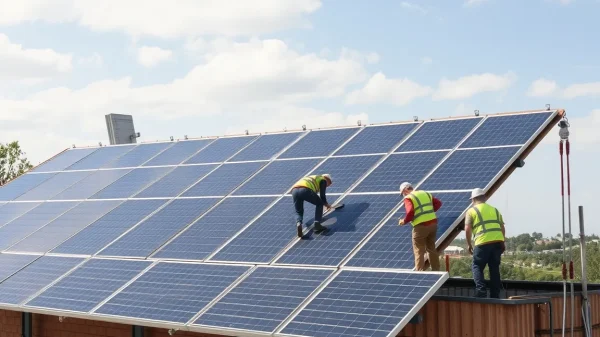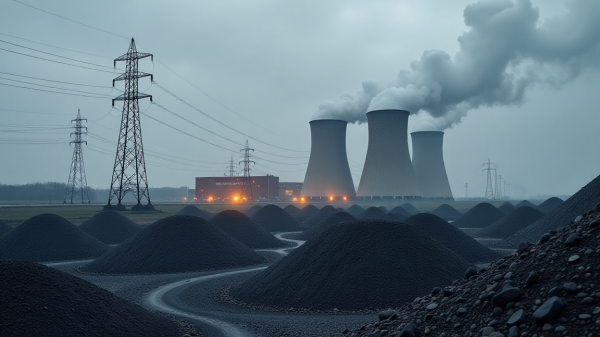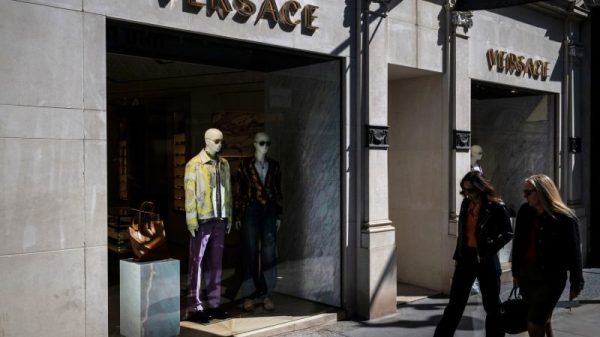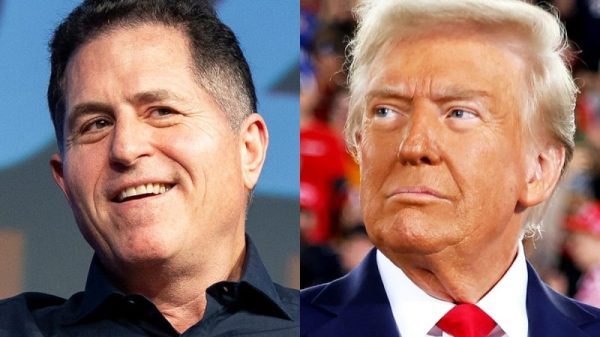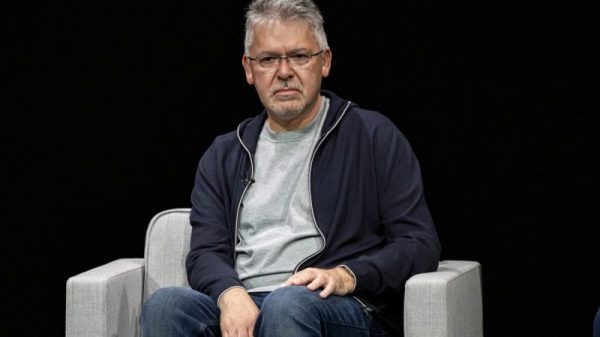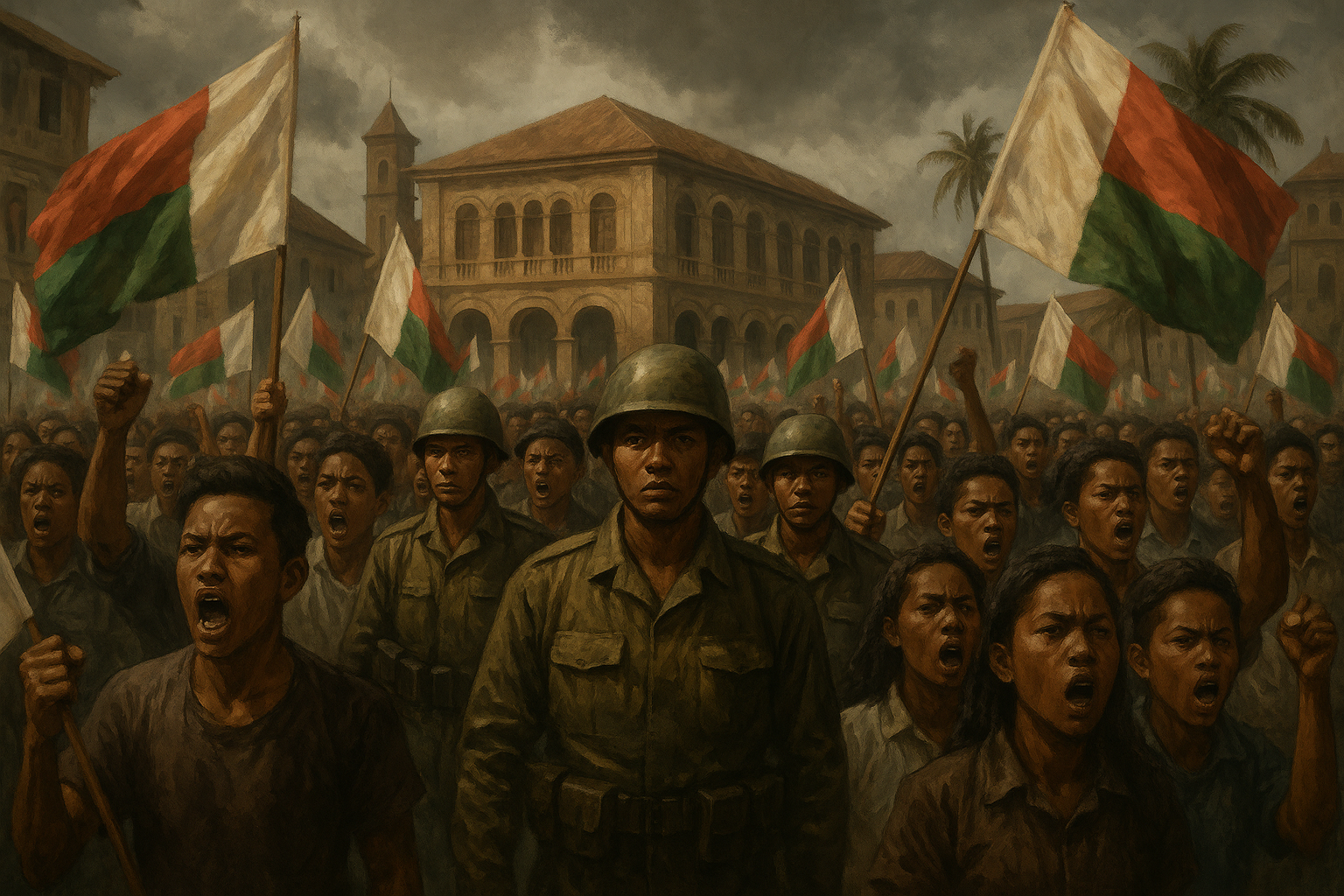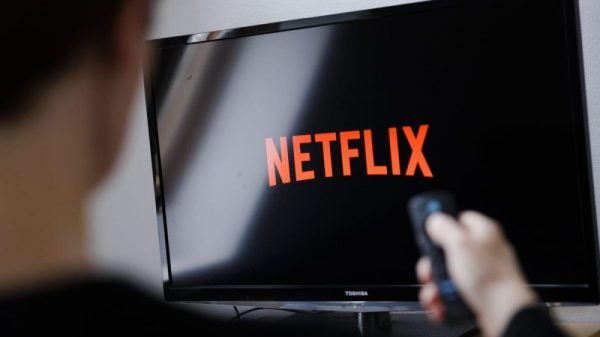Madagascar’s military has taken control of the nation after President Andry Rajoelina fled abroad during escalating protests led by the country’s youth.
The developments mark a dramatic turn in the political landscape, with soldiers joining demonstrators to challenge Rajoelina’s rule amid long-standing grievances over governance and basic services.
Military intervention and presidential flight
Colonel Michael Randrianirina, a senior army officer, announced on national radio that the military had assumed power, dissolving all institutions except the lower house of parliament, which had voted to impeach Rajoelina minutes earlier.
The president had previously sought to dissolve the assembly by decree.
Randrianirina, who led the mutiny of soldiers siding with Gen Z protesters, said: “We have taken the power.”
The military’s involvement follows widespread defections within the army and paramilitary gendarmerie, who refused to fire on demonstrators.
Rajoelina left Madagascar on Sunday aboard a French military plane, citing threats to his life.
Despite fleeing, he has refused to formally step down.
The presidency has described the parliamentary resolution as unconstitutional and “null and void.”
French President Emmanuel Macron emphasized that while France understands the grievances of young protesters, the constitutional order must be preserved, and military intervention should not be exploited for political purposes.
Escalating youth protests
Protests erupted on September 25 in response to water and power shortages but quickly expanded into broader demonstrations against corruption, mismanagement, and lack of basic services.
In Antananarivo, the capital, thousands of protesters gathered at 13 May Square, waving Malagasy flags and the signature Gen Z protest banner featuring a skull and crossbones from the Japanese anime “One Piece.”
The protests drew significant attention after soldiers from CAPSAT, an elite unit that had helped Rajoelina seize power in a 2009 coup, refused to act against demonstrators.
CAPSAT escorted protesters in the capital square, signaling a shift in loyalty away from the president.
At one point, Colonel Randrianirina addressed the crowd directly, asking: “Are you ready to accept a military takeover?” — drawing loud approval.
The demonstrations in Madagascar mirror broader regional trends, with recent youth-led movements challenging ruling elites in countries such as Nepal and Morocco.
Socioeconomic context and implications
Madagascar’s population is predominantly young, with the average age under 20, and approximately three-quarters of citizens live in poverty.
The country has experienced a 45% decline in GDP per capita from independence in 1960 to 2020, according to the World Bank.
These structural challenges, coupled with unreliable public utilities and widespread dissatisfaction with governance, have fueled the unrest.
The president’s isolation became increasingly pronounced after he lost the support of key security units.
The paramilitary gendarmerie and police also defected, leaving Rajoelina without institutional backing.
As the country enters a period of uncertainty, economic and social stability could be affected, particularly given the significant youth population and fragile infrastructure.
Madagascar now faces a critical juncture.
With the military in control and Rajoelina abroad, questions remain about the future of governance, institutional legitimacy, and the nation’s ability to navigate socioeconomic challenges.
The situation underscores the delicate balance between youth activism, military power, and political continuity in a country with a young and economically vulnerable population.
The post Madagascar’s military seizes power after president fled during youth-led protests appeared first on Invezz

